Home>Garden Essentials>Garden Storage>Cottage Garden Ideas: 32 Inspiring Spaces And Layouts
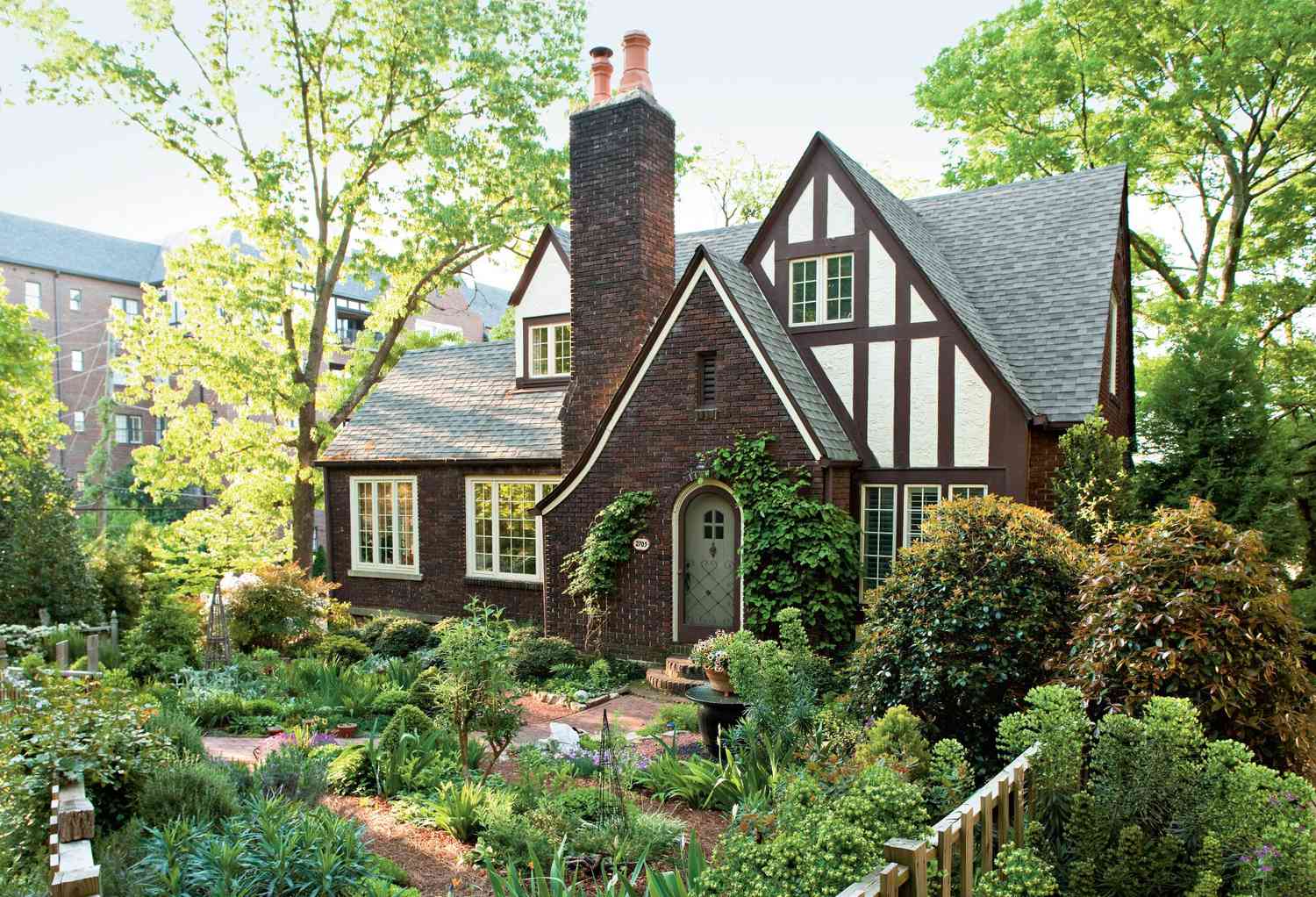

Garden Storage
Cottage Garden Ideas: 32 Inspiring Spaces And Layouts
Modified: January 5, 2024
Looking for creative storage solutions for your cottage garden? Explore 32 inspiring spaces and layouts that will help you maximize your storage potential.
(Many of the links in this article redirect to a specific reviewed product. Your purchase of these products through affiliate links helps to generate commission for Storables.com, at no extra cost. Learn more)
Introduction
Welcome to the enchanting world of cottage gardens! With their whimsical charm and abundant blooms, cottage gardens have captured the hearts of garden enthusiasts around the world. These delightful spaces are inspired by traditional English country gardens and evoke a sense of nostalgia and tranquility.
In this article, we will explore a variety of cottage garden ideas to inspire your own outdoor oasis. Whether you have a large country estate or a small urban backyard, there’s a cottage garden style that will suit your space and personal taste.
From the traditional, overflowing cottage gardens with rambling roses and hollyhocks to the more structured English cottage gardens with neatly defined pathways and borders, the possibilities are endless. Let’s dive into the world of cottage gardens and discover how you can create your own dreamy retreat.
If you are a fan of romantic and charming outdoor spaces, then a cottage garden is perfect for you. These gardens are known for their informality and the way they blend different plants and flowers together in a natural and effortless way.
Unlike formal gardens with strict symmetry and neat lines, cottage gardens embrace a more relaxed and organic approach. They are designed to resemble old-fashioned cottage gardens that were cultivated for practical purposes, such as growing vegetables and herbs.
Today, cottage gardens are cherished for their beauty and unique character. They are a haven for wildlife, attracting birds, butterflies, and bees to their colorful blooms. These gardens are also a delight for the senses, offering a fragrant symphony of scents and a vibrant tapestry of colors.
In the following sections, we will explore various cottage garden ideas, including plant selection, design elements, and layout suggestions. We will also delve into tips for maintaining and caring for your cottage garden so that it remains a thriving and magical space for years to come.
So, let’s embark on this journey through the world of cottage gardens and discover how you can create your very own slice of paradise right in your backyard.
Key Takeaways:
- Cottage gardens offer a whimsical and natural charm, embracing a mix of plants and flowers to create a vibrant and ever-changing display of colors and scents. The key is to strike a balance between order and informality, allowing the garden to evolve naturally.
- Maintaining a cottage garden requires regular care, including watering, mulching, pruning, and pest control. By providing the necessary attention and observing the garden’s needs, you can ensure it remains healthy and vibrant year after year.
Traditional Cottage Garden Ideas
The traditional cottage garden style is perhaps the most iconic and well-known. It is characterized by its lush and overflowing flower beds, rambling vines, and a riot of colors. This style embraces the concept of abundance, with plants and flowers spilling over pathways and climbing up trellises.
When it comes to creating a traditional cottage garden, it’s all about mixing and matching different types of plants and flowers. Think of it as organized chaos, where each plant is carefully selected to complement the others while maintaining a sense of rustic charm.
One key aspect of a traditional cottage garden is the use of cottage garden plants such as roses, peonies, foxgloves, and delphiniums. These flowering perennials add height and drama to the garden, creating a visually stunning display.
In addition to perennials, annuals like sweet peas, cosmos, and zinnias can be incorporated to provide continuous bursts of color throughout the growing season. Poppies and sunflowers also add a touch of whimsy and cheerfulness to the garden.
Another hallmark of a traditional cottage garden is the inclusion of climbing plants and vines. These can be trained to grow up walls, fences, or trellises, adding vertical interest to the garden. Roses, clematis, and honeysuckle are popular choices for creating a romantic and nostalgic ambiance.
In terms of layout, a traditional cottage garden often features meandering pathways that invite exploration. These paths can be made of gravel, stepping stones, or even winding grassy trails. They add a sense of mystery and discovery, encouraging visitors to wander and admire the beauty of the garden.
When it comes to hardscape elements, consider incorporating rustic features like wooden benches, old stone troughs, and weathered pots. These vintage-inspired elements add a touch of authenticity and charm to the garden, enhancing its old-world appeal.
Traditional cottage gardens are also known for their use of natural materials and recycled objects. Consider repurposing old watering cans, vintage garden tools, or even antique furniture as unique focal points in your garden.
Overall, traditional cottage gardens aim to create a sense of nostalgia and beauty, transporting visitors to a bygone era. The key to achieving this style is embracing the free-spirited nature of cottage gardens and allowing plants to grow and intertwine naturally.
Now that you have a grasp of the traditional cottage garden style, let’s explore another variation: the English cottage garden.
English Cottage Garden Ideas
The English cottage garden style is a more structured and orderly variation of the traditional cottage garden. It combines the charm and romance of a cottage garden with a slightly more formal design approach.
One of the defining features of an English cottage garden is the use of defined pathways and borders. Unlike the free-flowing nature of a traditional cottage garden, English cottage gardens often have clearly delineated paths that guide visitors through the space.
These paths can be made from materials such as gravel, stepping stones, or even brick pavers. They create a sense of order and organization, while still maintaining the enchanting and relaxed atmosphere of a cottage garden.
When it comes to plant selection in an English cottage garden, roses take center stage. Climbing roses, in particular, are popular choices for growing against walls or trellises, adding height and structure to the garden. Hybrid tea roses and shrub roses are also commonly found in English cottage gardens, providing a burst of color and fragrance.
In addition to roses, other cottage garden plants that thrive in an English cottage garden include lavender, geraniums, daisies, and salvias. These plants are often arranged in neat beds or borders, creating a visually pleasing arrangement.
One key design element in an English cottage garden is the use of color harmony. Unlike the riotous mix of colors in a traditional cottage garden, an English cottage garden typically follows a more coordinated color scheme. By selecting plants with complementary or analogous colors, you can create a harmonious and visually appealing garden.
To add a touch of formality to your English cottage garden, consider incorporating architectural elements such as arbors, gazebos, or even a quaint wooden gate. These structures provide charming focal points and add a sense of refinement to the overall design.
When it comes to accessories and decorations, English cottage gardens often feature classic elements like bird baths, sundials, and vintage garden ornaments. These add an air of elegance and timelessness to the garden, completing the English cottage garden aesthetic.
In terms of maintenance, English cottage gardens require regular care to keep them looking their best. Pruning and deadheading flowers, as well as weeding and mulching, are important tasks to preserve the neat and tidy appearance.
Whether you decide to go for the traditional, overflowing cottage garden style or the more structured English cottage garden design, the key is to create a space that feels whimsical and welcoming. Let your imagination run wild, and enjoy the process of creating your own slice of cottage garden paradise.
Next, let’s explore the wide array of plants that are commonly found in cottage gardens.
Cottage Garden Plants
One of the most delightful aspects of creating a cottage garden is selecting the perfect plants to fill your space. Cottage garden plants are known for their abundance of colorful blooms, sweet fragrances, and their ability to attract pollinators and wildlife.
Here are some popular cottage garden plants to consider for your own garden:
- Roses: Roses are synonymous with cottage gardens and come in a wide variety of colors and forms. From climbing roses that can be trained along trellises to shrub roses that provide a burst of color, roses add romance and elegance to any cottage garden.
- Lavender: Known for its beautiful purple blooms and soothing fragrance, lavender is a staple in cottage gardens. It attracts pollinators like bees and butterflies and adds a touch of Mediterranean charm to the garden.
- Delphiniums: Delphiniums are known for their tall spires of vibrant flowers in shades of blue, purple, pink, and white. These majestic plants add vertical interest to the garden and are a favorite among cottage garden enthusiasts.
- Hollyhocks: With their towering stalks covered in large, vibrant flowers, hollyhocks are a classic choice for cottage gardens. They come in an array of colors and add a touch of old-fashioned charm and nostalgia.
- Peonies: Known for their large, lush blooms in shades of pink, white, and red, peonies are a showstopper in any cottage garden. They provide a beautiful focal point and fill the air with their sweet fragrance.
- Foxgloves: Foxgloves are biennial plants that produce tall stalks adorned with bell-shaped flowers in shades of pink, white, and purple. They add a touch of fairy-tale charm to the garden and attract bees and hummingbirds.
- Cosmos: Cosmos is an annual flower that comes in a variety of colors, including pink, white, and orange. They have delicate and airy foliage, and their daisy-like flowers provide a cheerful and vibrant display in the garden.
- Sweet peas: Sweet peas are annual climbing plants that produce an abundance of fragrant flowers in shades of pink, purple, and white. They are perfect for trellises or as cut flowers to bring indoors.
In addition to these plants, other popular options for cottage gardens include daisies, salvia, peony poppies, sunflowers, and geraniums. Mixing and matching different types of plants is key to creating a visually interesting and abundant cottage garden.
When it comes to the selection of cottage garden plants, it’s important to consider their growing requirements, such as sunlight, soil type, and water needs. Be sure to research each plant’s specific needs to ensure they will thrive in your garden environment.
By carefully choosing a variety of cottage garden plants, you can create a vibrant and ever-changing display of colors and textures in your own outdoor sanctuary.
Now that we’ve explored the various plants that are commonly found in cottage gardens, let’s move on to the design elements that make a cottage garden truly unique.
Cottage Garden Design
The design of a cottage garden is all about creating a natural and charming landscape that feels inviting and harmonious. While the style allows for flexibility and a sense of informality, there are some key design elements to consider when planning your cottage garden.
Here are some cottage garden design ideas to help you create the perfect outdoor space:
- Plant Layering: Cottage gardens are known for their abundance of plants and flowers. To create visual interest and depth, incorporate different layers of plants. Place taller plants, like delphiniums or hollyhocks, towards the back, and shorter ones in the front. This layering effect adds texture and dimension to the garden.
- Color Coordination: While cottage gardens are often a riot of colors, it is important to create a sense of harmony within the chaos. Choose a color scheme or select plants that complement each other. For example, pairing pinks and purples with whites and blues can create a soothing and cohesive look.
- Seasonal Interest: To ensure your garden remains vibrant throughout the year, choose a mix of plants that bloom at different times. This will ensure there is always something in bloom and provide seasonal interest. Incorporate spring bulbs, summer perennials, and fall foliage for a well-rounded display.
- Pathways and Borders: Depending on the style of your cottage garden, consider incorporating defined pathways and borders. These can be made from materials like gravel, stepping stones, or even bricks. They provide structure and guidance through the garden while allowing for a sense of exploration and discovery.
- Vertical Elements: Take advantage of vertical space by incorporating structures like trellises, arbors, or pergolas. These not only provide a support system for climbing plants but also add visual interest and create a charming focal point within the garden.
- Balance and Repetition: Aim for balance and repetition in your garden design. Planting similar plants in different areas of the garden can create a cohesive and harmonious look. Additionally, repeating certain colors or plant forms can tie the garden together and make it feel more intentional.
- Seasonal Containers: Add flare to your cottage garden by including seasonal containers. These can be filled with annual flowers or seasonal plants to provide pops of color or focal points within your garden. Choose decorative pots or baskets that match the style of your cottage garden for a cohesive look.
- Wildlife-Friendly Features: Cottage gardens are known for attracting wildlife, so consider incorporating features that will encourage birds, butterflies, and bees to visit. Include bird feeders, butterfly-friendly plants, and water sources like birdbaths or small ponds.
Remember, cottage garden design is meant to have a relaxed and free-spirited feel. Embrace the organic nature of the style and allow your garden to evolve over time. Let the plants grow and intertwine naturally, creating a whimsical and enchanting space.
In the next section, we will explore different cottage garden layout ideas to help you plan your garden’s layout and flow.
When planning a cottage garden, mix a variety of flowers, herbs, and vegetables to create a charming and functional space. Consider using climbing plants and adding a seating area for a cozy touch.
Cottage Garden Layout Ideas
When it comes to designing the layout of your cottage garden, there are a few key considerations to keep in mind. The layout should promote a sense of flow and harmony, while also maximizing the use of space and creating focal points within the garden. Let’s explore some cottage garden layout ideas to inspire your design:
- Curved Pathways: Instead of straight lines, opt for curved pathways that meander through your garden. Curved paths add intrigue and encourage visitors to explore the different areas of your garden. They can be made from materials such as gravel, stepping stones, or even natural grassy paths.
- Divided Sections: Consider dividing your cottage garden into smaller sections, each with its own theme or plantings. This can be done using hedges, low picket fences, or even trellises covered in climbing plants. Each section can have a distinct personality, such as a rose garden, a herb garden, or a wildflower meadow.
- Central Focal Point: Create a central focal point in your cottage garden to draw the eye and anchor the space. This could be a beautifully adorned gazebo, a rustic water feature, or a flowering tree. The focal point should be visible from multiple vantage points in the garden and serve as a visual centerpiece.
- Vertical Structures: Incorporate vertical structures like trellises, arches, or pergolas to add height and vertical interest to your cottage garden. These structures can be used to support climbing plants like roses, clematis, or sweet peas, creating a stunning visual display.
- Seating Areas: Create cozy seating areas within your cottage garden where you can relax and enjoy the beauty of your surroundings. This could be a simple bench tucked away in a quiet corner, a bistro table and chairs for enjoying a morning cup of tea, or a hammock swaying in the breeze. Choose a location that offers a view of the garden while providing a peaceful retreat.
- Potting Bench: Include a potting bench or a designated area for gardening tasks within your cottage garden layout. This practical addition not only provides a functional space for potting and maintaining your plants but also adds to the rustic charm of your garden. Decorate the bench with vintage garden tools and ceramic pots for added character.
- Outbuildings: If you have the space, consider adding a small outbuilding or shed to your cottage garden layout. This can serve as a storage space for gardening tools and equipment, as well as a charming backdrop for your garden. Paint it in a complementary color and adorn it with climbing vines to integrate it seamlessly into your garden design.
- Seasonal Planters: Incorporate seasonal planters throughout your cottage garden to provide additional bursts of color and interest. These can be strategically placed at entryways, along pathways, or near seating areas. Use decorative containers and fill them with seasonal annuals or flowering bulbs to create a dynamic display that changes throughout the year.
Remember, every cottage garden is unique, so feel free to adapt and customize these layout ideas to suit your specific space and vision. The goal is to create a layout that invites exploration, offers a variety of focal points, and allows for the natural growth and intermingling of plants.
In the next section, let’s delve into the world of cottage garden furniture and how to select the right pieces to enhance your outdoor space.
Cottage Garden Furniture
Cottage garden furniture plays a crucial role in creating a cozy and inviting outdoor space. The right furniture can enhance the charm and character of your cottage garden while providing comfortable seating areas for relaxation and enjoyment. Let’s explore some cottage garden furniture ideas to help you select the perfect pieces:
1. Rustic Wooden Benches: Nothing complements the rustic and natural look of a cottage garden like a wooden bench. Opt for a weathered or distressed finish to add an extra touch of charm. Place benches in strategic locations throughout your garden to provide seating areas where you can pause and admire the beauty of your surroundings.
2. Bistro Sets: Bistro sets are a classic choice for cottage gardens. These small, intimate sets typically consist of a round table and two chairs. They are perfect for enjoying morning coffee, afternoon tea, or a quiet meal in the garden. Look for sets made from wrought iron or vintage-inspired metal for an authentic cottage garden feel.
3. Adirondack Chairs: Adirondack chairs have a timeless appeal and are a popular choice for cottage gardens. These comfortable and spacious chairs with their wide armrests are perfect for lounging and taking in the beauty of your garden. Choose chairs made from weather-resistant wood or durable synthetic materials for longevity.
4. Vintage Garden Furniture: Embrace the nostalgic charm of a cottage garden by incorporating vintage garden furniture. Look for pieces with intricate details, such as ornate wrought iron benches or Victorian-inspired metal chairs and tables. These pieces add a touch of elegance and romance to your outdoor space.
5. Hanging Hammocks or Swings: Create a whimsical and relaxing nook in your cottage garden by hanging a hammock or swing from a sturdy tree branch or a pergola. Swing gently while enjoying a book, taking a nap, or simply basking in the beauty of your garden. Opt for hammocks or swings made from weather-resistant fabric or durable materials for long-lasting enjoyment.
6. Garden Arbors or Trellises: Incorporate arbors or trellises with built-in seating areas into your cottage garden design. These functional structures not only provide support for climbing plants but also offer a shaded spot to sit and enjoy the beauty of your garden. Surround the seating area with beautiful vines or fragrant flowers for a truly enchanting experience.
7. Picnic Tables: Bring a touch of casual charm to your cottage garden with a picnic table. These versatile tables are perfect for outdoor dining or socializing with friends and family. Look for picnic tables made from durable and weather-resistant materials like treated wood or recycled plastic.
8. Garden Stools and Side Tables: Add versatility and functionality to your cottage garden with garden stools or side tables. These small and portable furniture pieces can serve as extra seating, plant stands, or places to set down drinks and snacks. Look for stools or tables made from materials like ceramic, metal, or weather-resistant wood.
When selecting cottage garden furniture, consider the material’s durability and resistance to the elements. Weather-resistant finishes or treated wood can help extend the lifespan of your furniture and ensure it withstands the outdoor conditions. Additionally, choose furniture with a design and color that complements the overall aesthetic of your cottage garden.
No matter the size or style of your cottage garden, the right furniture can elevate your outdoor space, making it a welcoming and comfortable haven to enjoy nature’s beauty. So, take your time to find the perfect pieces that reflect your personal taste and create a delightful atmosphere in your cottage garden.
In the next section, we will explore various cottage garden decorations to add the finishing touches to your outdoor oasis.
Cottage Garden Decorations
Cottage gardens are a perfect canvas for adding charming decorations that enhance the whimsical and nostalgic atmosphere. From vintage-inspired accents to unique handmade pieces, the right decorations can elevate the beauty and character of your cottage garden. Let’s explore some cottage garden decoration ideas to inspire your outdoor space:
- Bird Baths and Bird Feeders: Invite nature’s melody into your garden by incorporating bird baths and bird feeders. These decorative elements not only provide a water source for birds but also create a focal point and add visual interest. Choose ornate or rustic designs that complement the overall style of your garden.
- Garden Statues and Sculptures: Place garden statues and sculptures strategically throughout your cottage garden to add a touch of whimsy and artistic flair. Think playful gnomes, graceful angels, or even animal sculptures. Choose pieces that resonate with you and create a sense of wonder and curiosity.
- Outdoor Lighting: Extend the enjoyment of your cottage garden into the evening hours with outdoor lighting. Consider string lights draped across trees or along trellises to create a magical and romantic ambiance. Solar-powered lanterns or fairy lights nestled amongst plants can also add a soft and enchanting glow.
- Handmade Signs or Plaques: Personalize your garden with handmade signs or plaques that feature meaningful quotes, garden rules, or the names of specific garden areas. Use weather-resistant materials like wood or metal, and paint them in colors that complement your garden’s palette.
- Vintage Garden Tools: Showcase the nostalgia of a cottage garden by incorporating vintage garden tools as decorative accents. Hang old rakes or shovels on a garden shed wall, lean an antique wheelbarrow against a fence, or display a collection of vintage watering cans. These pieces not only add visual interest but also evoke a sense of history and tradition.
- Recycled or Upcycled Garden Decor: Embrace sustainability by repurposing everyday items as garden decor. Transform old teapots or mason jars into planters, use mismatched ceramic plates as colorful garden markers, or create a vertical herb garden using reclaimed pallets. These unique and eco-friendly decorations add a touch of creativity and personality to your garden.
- Wind Chimes and Wind Spinners: Bring soothing sounds and movement to your cottage garden with wind chimes or wind spinners. Hang them from trees, arbors, or pergolas to add a gentle melody and a playful touch. Look for designs that complement the overall style of your garden, whether it’s rustic, whimsical, or bohemian.
- Hanging Planters and Baskets: Add visual interest and vertical charm to your cottage garden by hanging colorful planters or baskets. Fill them with cascading plants like trailing petunias or ivy geraniums for a vibrant display. Hang them from tree branches, pergolas, or trellises to create a stunning visual effect.
- Stepping Stones or Path Markers: Enhance the charm of your garden pathways by placing decorative stepping stones or path markers. These can be adorned with mosaic designs, hand-painted images, or even personalized messages. They not only add a decorative touch but also provide a functional and practical element to guide visitors through your garden.
When it comes to decorating your cottage garden, the key is to choose pieces that reflect your personal style and create a sense of joy and wonder. Mix and match different decorations, experiment with colors and textures, and let your creativity shine.
Remember, the decorations you choose should harmonize with the overall design and aesthetic of your cottage garden. They should enhance the natural beauty of the plants and flowers, rather than overpower them.
With the right decorations, your cottage garden will become a captivating and enchanting space that brings joy and inspiration to all who visit.
In the next section, we will dive into essential tips for maintaining your cottage garden to keep it thriving and beautiful.
Tips for Maintaining a Cottage Garden
While cottage gardens have a romantic and whimsical appeal, they do require regular care and maintenance to keep them looking their best. Here are some essential tips for maintaining a thriving and beautiful cottage garden:
- Regular Watering: Cottage garden plants generally require regular watering, especially during dry spells. Monitor the moisture levels in the soil and water thoroughly when needed. Aim to water the plants at the base to prevent fungal diseases and promote deep root growth.
- Mulching: Apply a layer of organic mulch around your plants to help retain moisture, suppress weed growth, and regulate soil temperature. Mulching also adds a neat and finished look to the garden. Use materials like wood chips, straw, or compost and replenish the mulch as needed.
- Deadheading and Pruning: Regularly deadhead spent flowers to encourage continuous blooming. This involves removing faded blooms to redirect energy into new growth. Additionally, prune back overgrown or damaged branches to maintain the shape and health of your plants. Be mindful of each plant’s specific pruning requirements.
- Weeding: Keep your cottage garden free of weeds to ensure the plants have room to thrive. Regularly inspect the garden beds and remove any weeds by hand or with the help of gardening tools. Mulching can also help suppress weed growth and make weeding easier.
- Fertilizing: Cottage garden plants benefit from regular fertilization. Apply a balanced organic fertilizer in the spring or early summer to provide nutrients for healthy growth and abundant blooms. Follow the product’s instructions for application rates and frequency.
- Supporting Climbing Plants: Provide support structures like trellises, arbors, or stakes for your climbing plants, such as roses or clematis. Regularly train and secure the plants to their supports to prevent them from sprawling or damaging nearby plants.
- Dividing and Propagating: Some cottage garden plants benefit from dividing or propagating to maintain their vigor and prevent overcrowding. Dividing perennial plants every few years can rejuvenate them and create new planting opportunities. Propagating through seed sowing or stem cuttings can also help you expand your garden or replace aging plants.
- Controlling Pests and Diseases: Monitor your cottage garden for common pests like aphids, slugs, or snails, and take appropriate measures to control them. This may include handpicking pests, applying organic pest control methods, or encouraging beneficial insects to help keep pest populations in check. Additionally, promptly identify and address any signs of diseases to prevent spread to other plants.
- Seasonal Cleanup: Perform seasonal cleanup tasks to keep your cottage garden tidy and healthy. This includes removing dead foliage, cutting back spent plants, and clearing debris from the garden beds. A thorough cleanup before winter can help prevent disease and ensure a fresh start in the spring.
- Ongoing Observation: Regularly observe your cottage garden to identify any issues or changes in your plants. Pay attention to signs of stress, nutrient deficiencies, or pests, and address them promptly. Additionally, keep a gardening journal to track plant growth, blooming times, and any changes you make to help you fine-tune your garden care routine.
Remember, maintaining a cottage garden is an ongoing process, and it requires dedication and patience. Embrace the beauty and joy of tending to your garden and take pleasure in watching it flourish season after season.
By following these tips and providing the necessary care, your cottage garden will continue to be a magical and captivating sanctuary for you to enjoy for years to come.
Now that you have all the information and inspiration you need, it’s time to start planning and creating your very own cottage garden paradise!
Best of luck with your cottage garden endeavors!
Conclusion
Creating a cottage garden is a delightful journey that allows you to bring the whimsy, charm, and romance of the countryside into your own outdoor space. Whether you opt for the traditional overflowing cottage garden or the more structured English cottage garden, the key is to embrace the natural and free-spirited nature of this style.
Throughout this article, we explored various ideas and elements that make a cottage garden truly enchanting. From selecting the right plants and designing a layout that promotes flow and harmony to incorporating charming furniture and decorations, each aspect contributes to the overall beauty and ambiance of your garden.
Remember, cottage gardens thrive on a sense of abundance, with plants and flowers mingling together in a tapestry of colors and scents. By selecting a variety of cottage garden plants, considering their growing requirements, and maintaining proper care, you can create a lively and ever-changing display of beauty.
In terms of design, cottage gardens allow for flexibility and personalization. Whether you prefer a more structured English cottage garden or a free-flowing traditional cottage garden, the key is to strike a balance between order and informality. Pathways, arbors, seating areas, and other design elements provide structure while still maintaining the organic and relaxed feel of a cottage garden.
Throughout the seasons, keep an eye out for maintenance tasks such as watering, mulching, pruning, and pest control. Regular care and observation will help ensure that your cottage garden remains healthy and vibrant year after year.
Ultimately, a cottage garden is a space where you can escape the pressures of daily life and immerse yourself in a natural and captivating environment. It’s a place where you can connect with nature, find peace, and let your imagination wander.
So, whether you have a large country estate or a small urban backyard, go ahead and embark on your cottage garden journey. Let your creativity flow, and enjoy the process of creating your own slice of paradise where beauty abounds and tranquility reigns.
Now, take the inspiration and knowledge you have gained from this article, and let your cottage garden dream blossom into reality. Happy gardening!
Frequently Asked Questions about Cottage Garden Ideas: 32 Inspiring Spaces And Layouts
Was this page helpful?
At Storables.com, we guarantee accurate and reliable information. Our content, validated by Expert Board Contributors, is crafted following stringent Editorial Policies. We're committed to providing you with well-researched, expert-backed insights for all your informational needs.
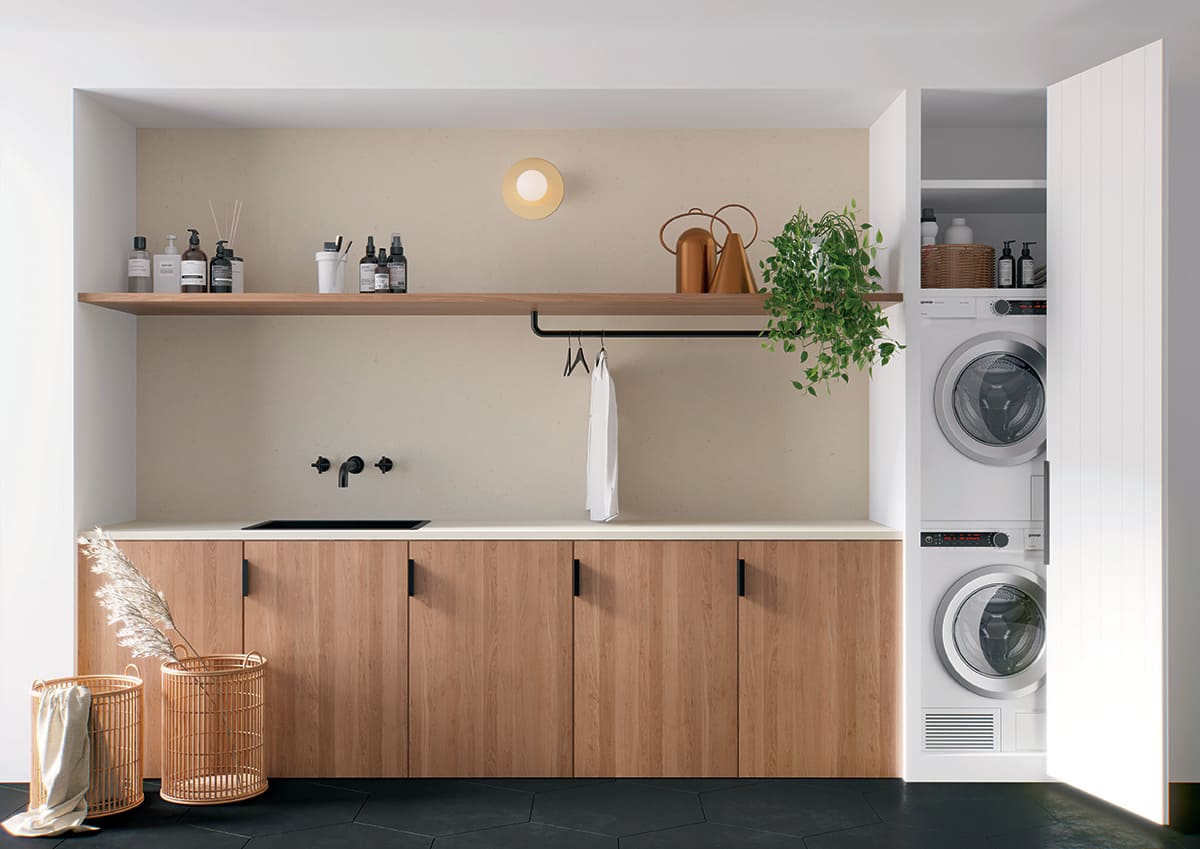
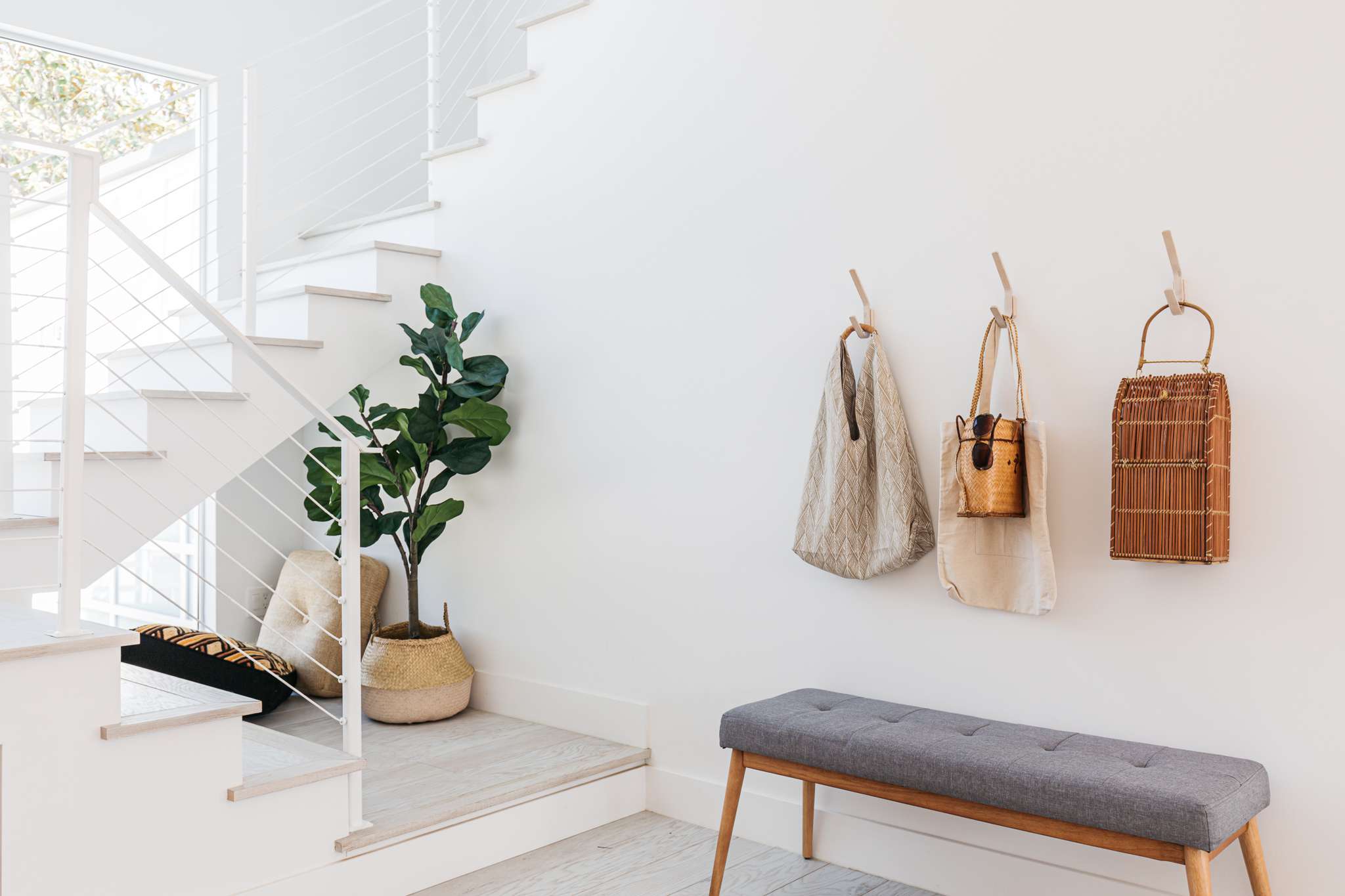
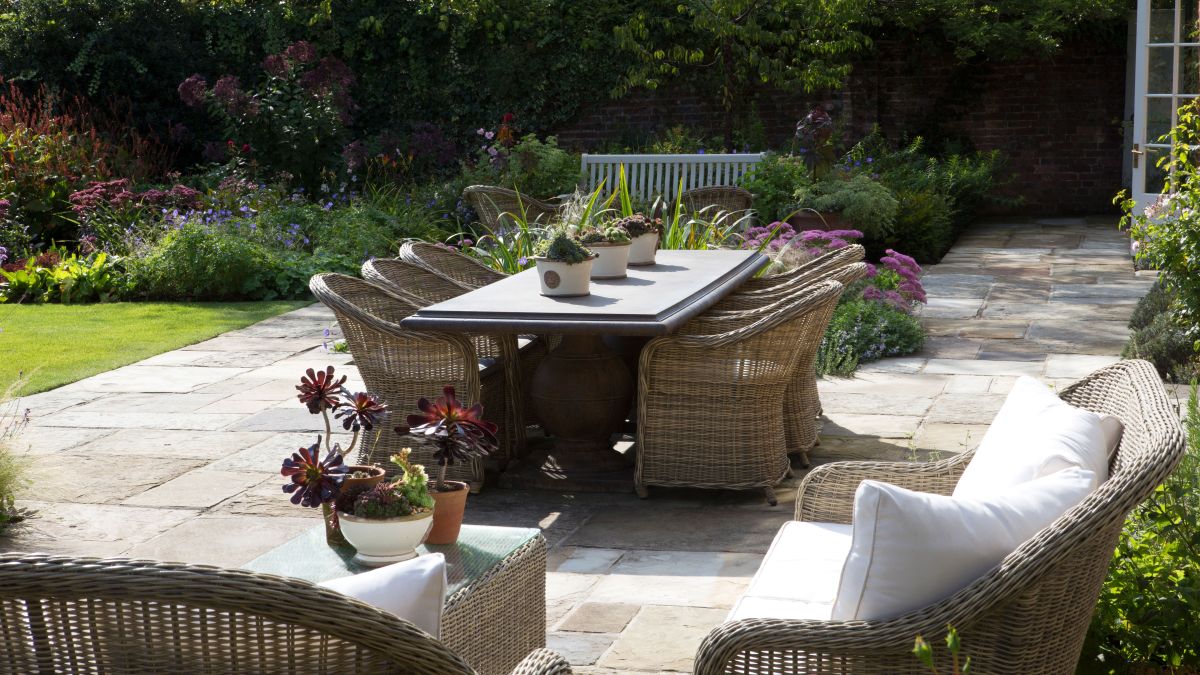
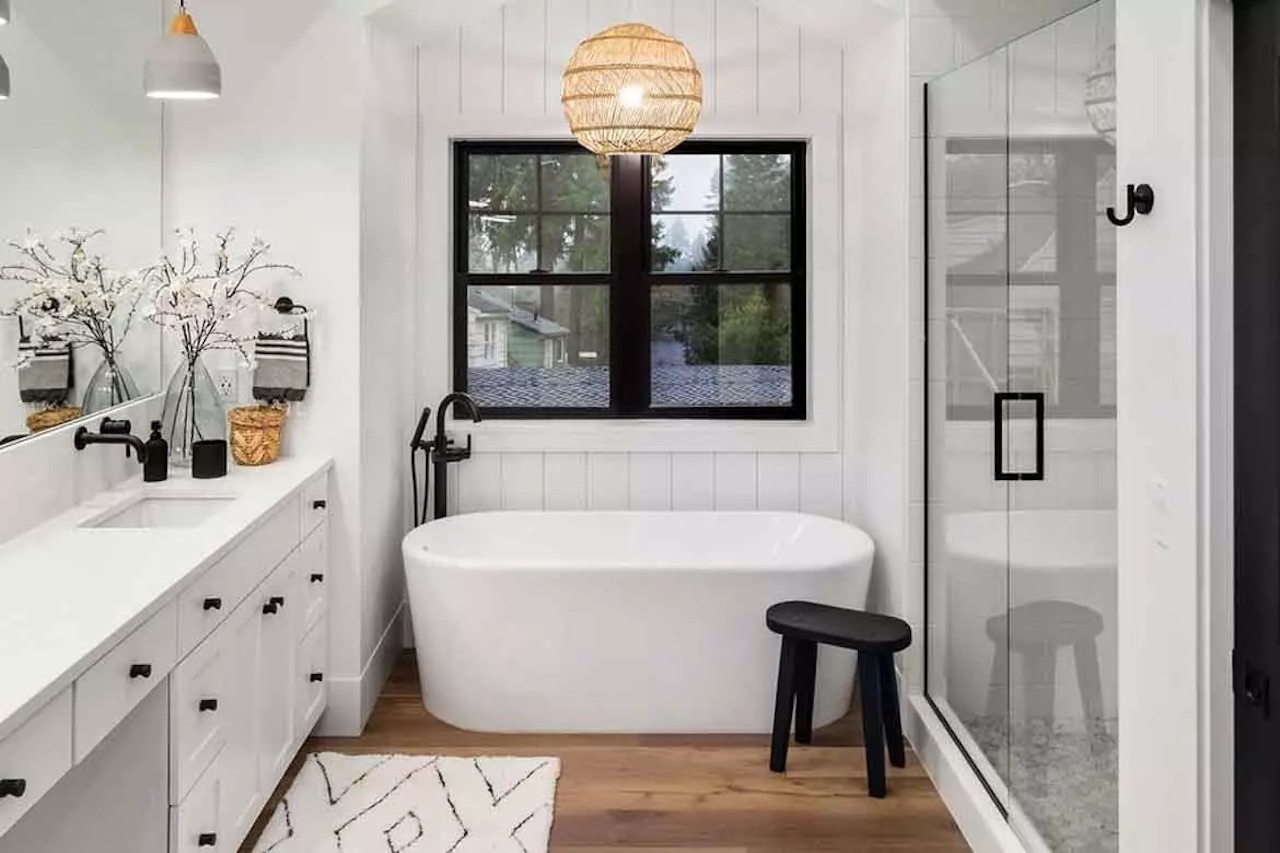
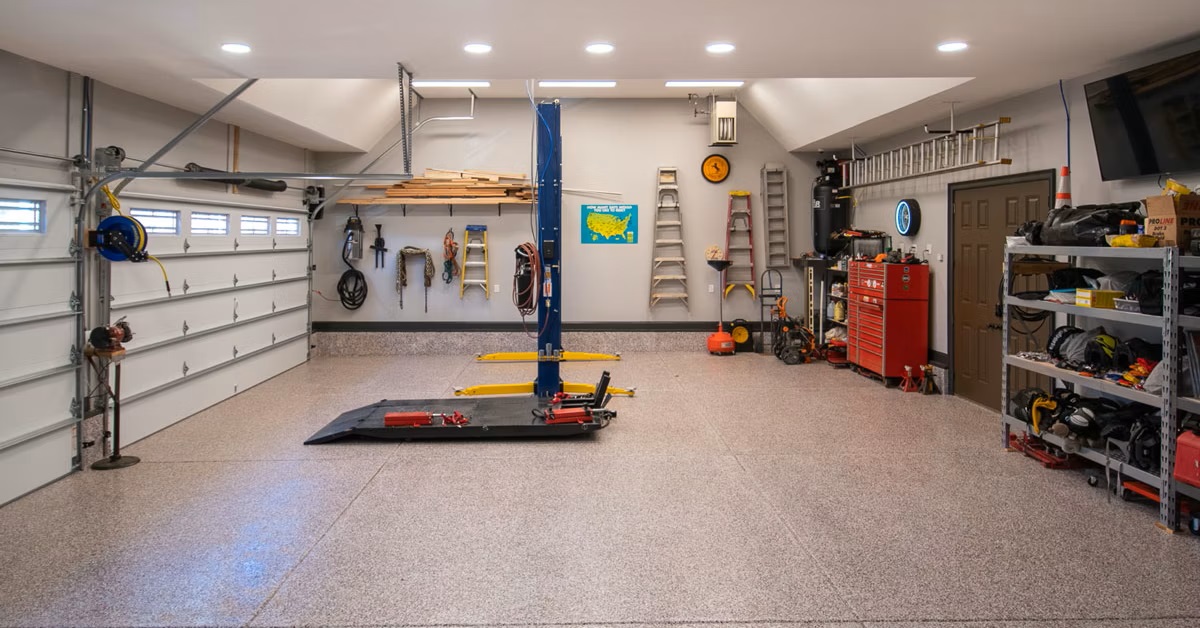
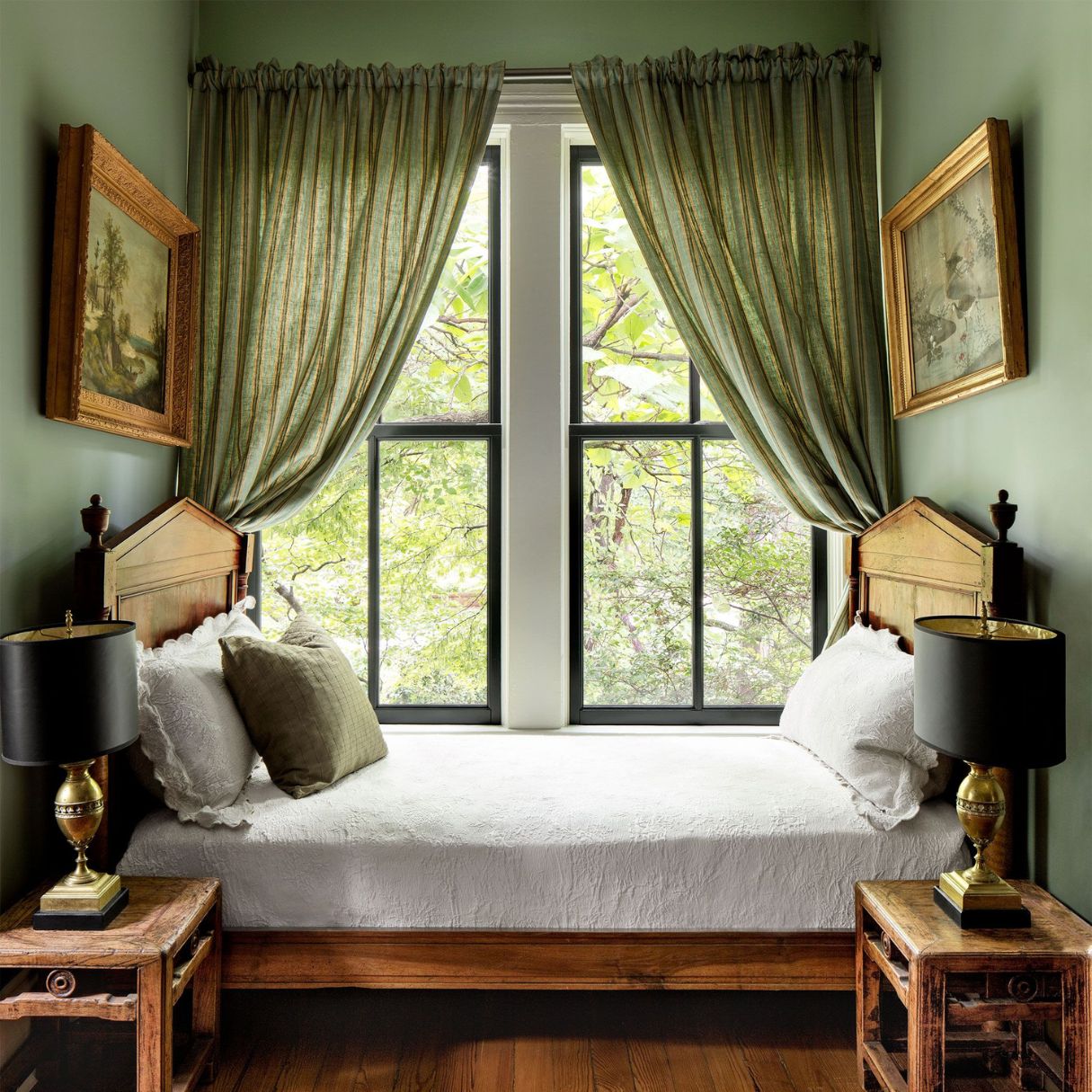

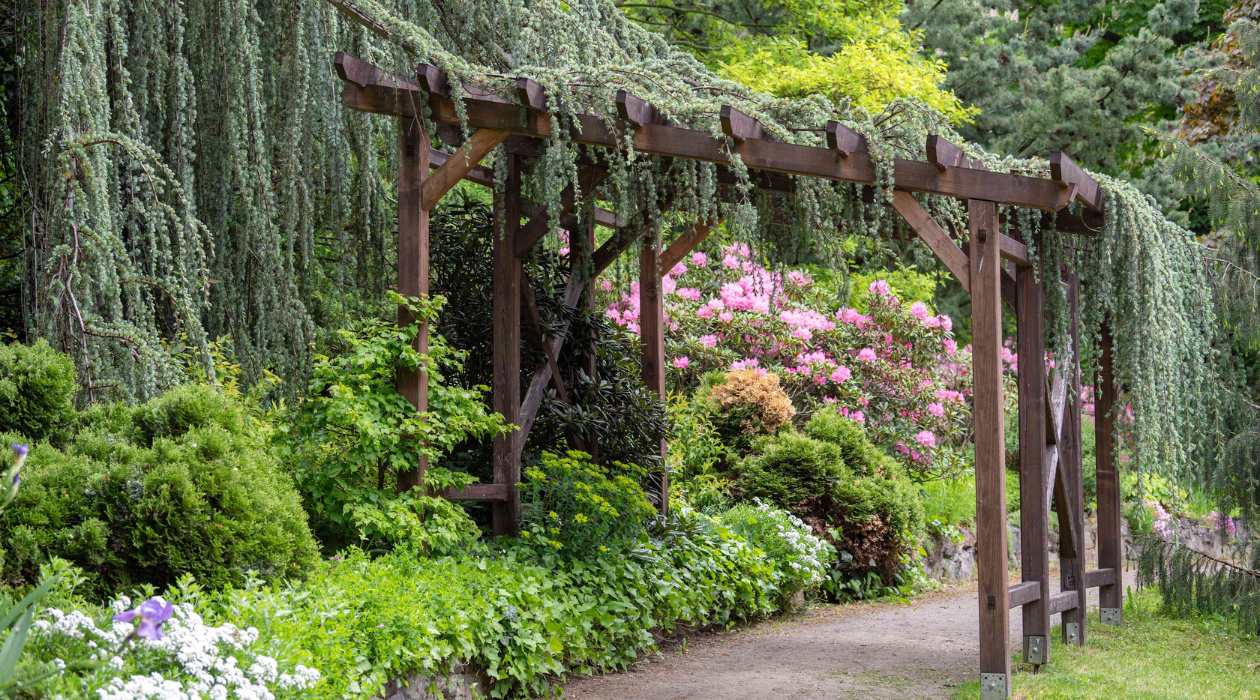
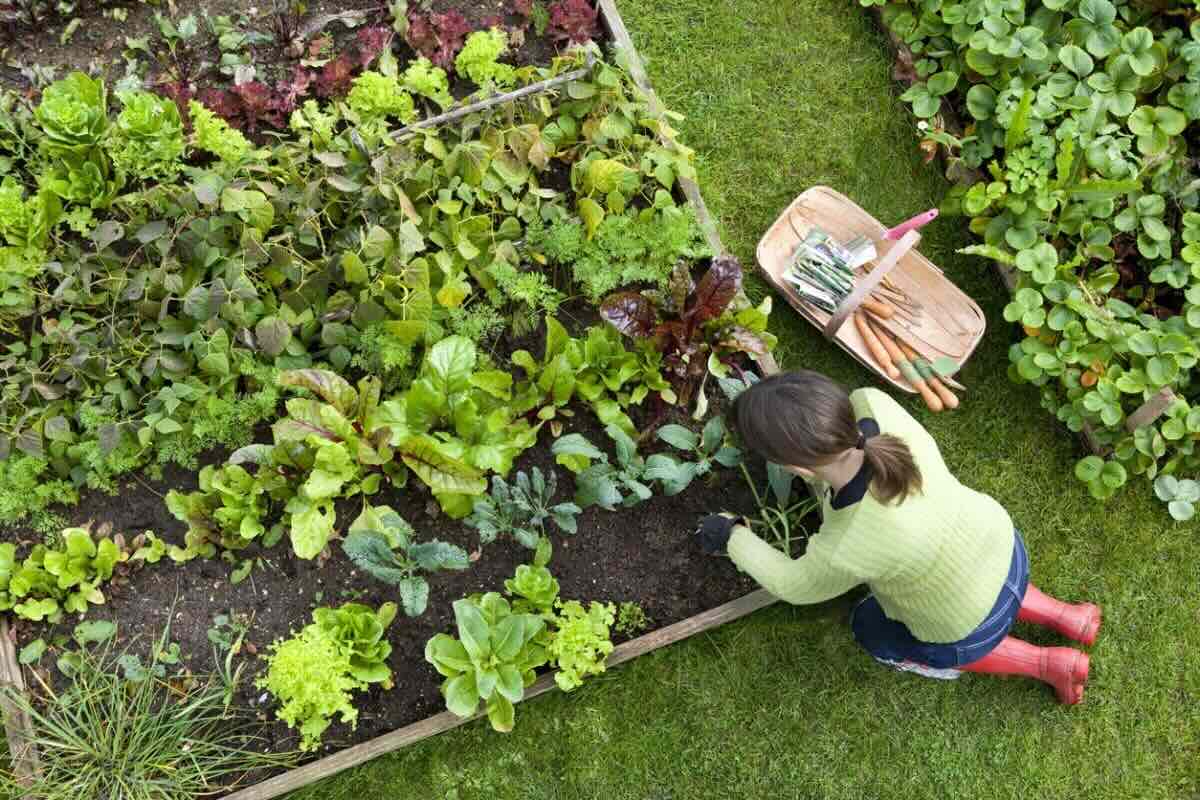
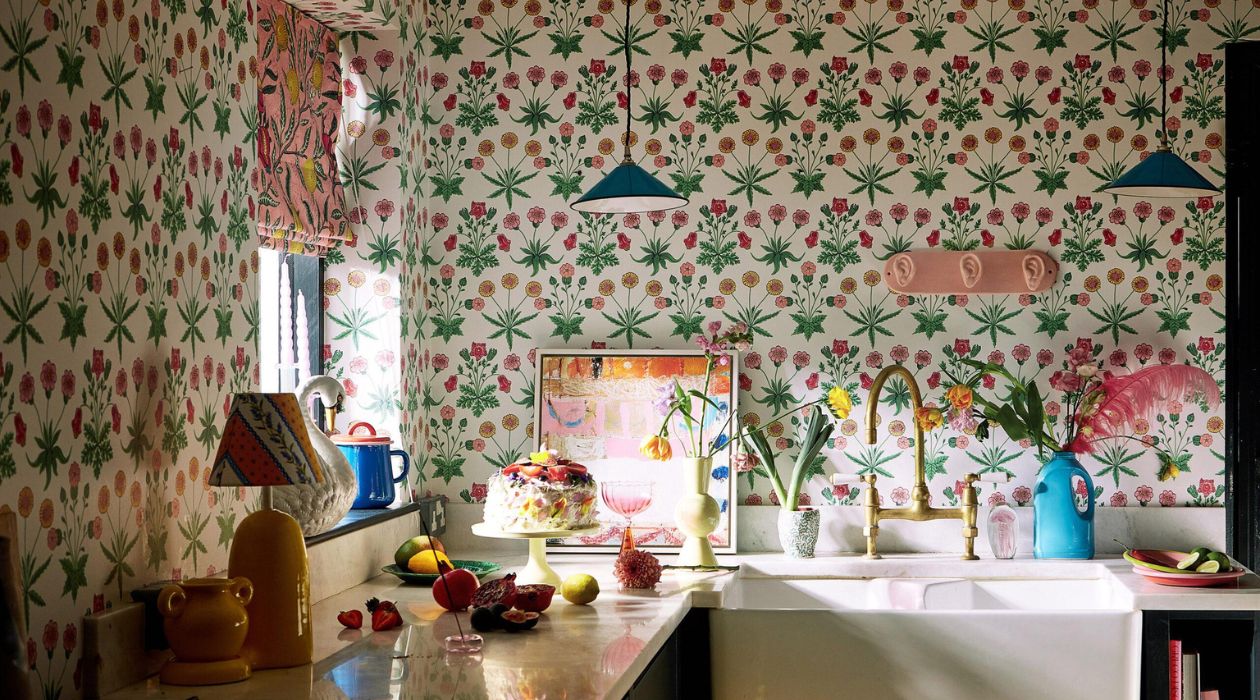
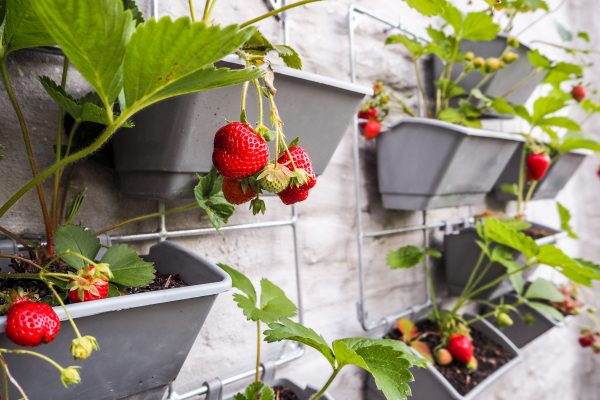
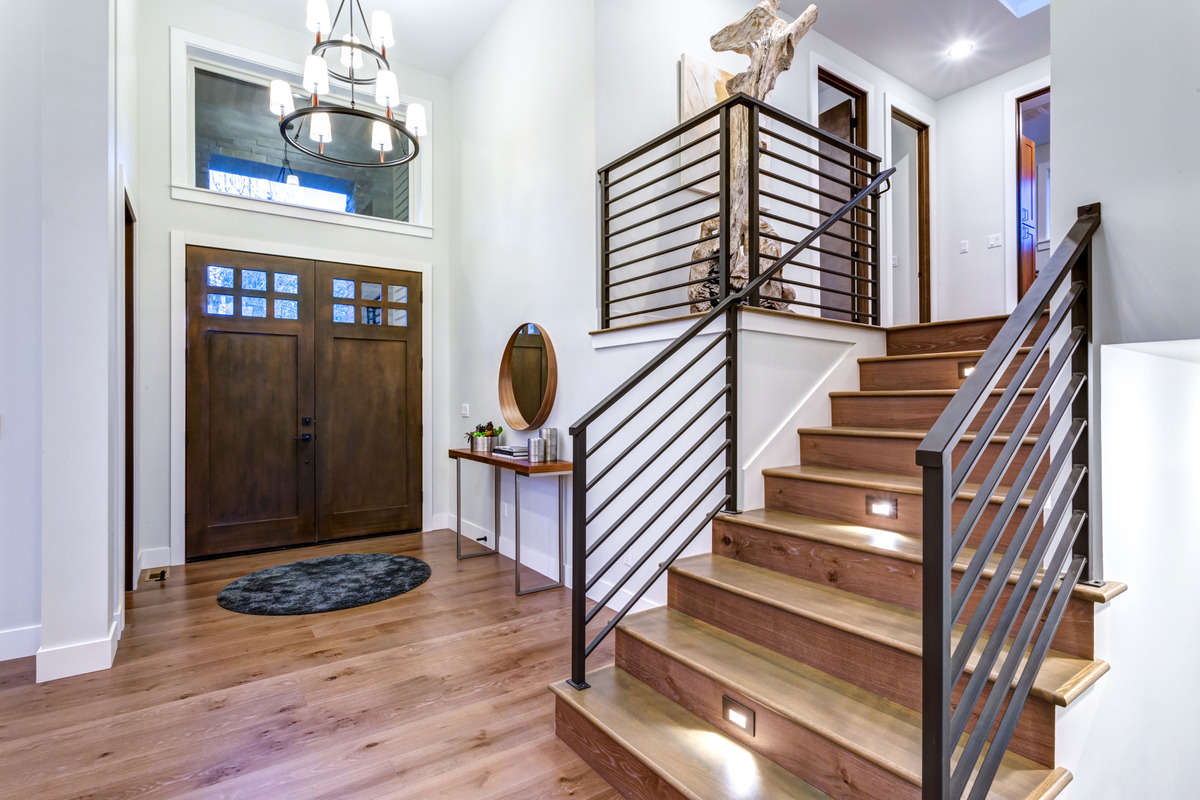
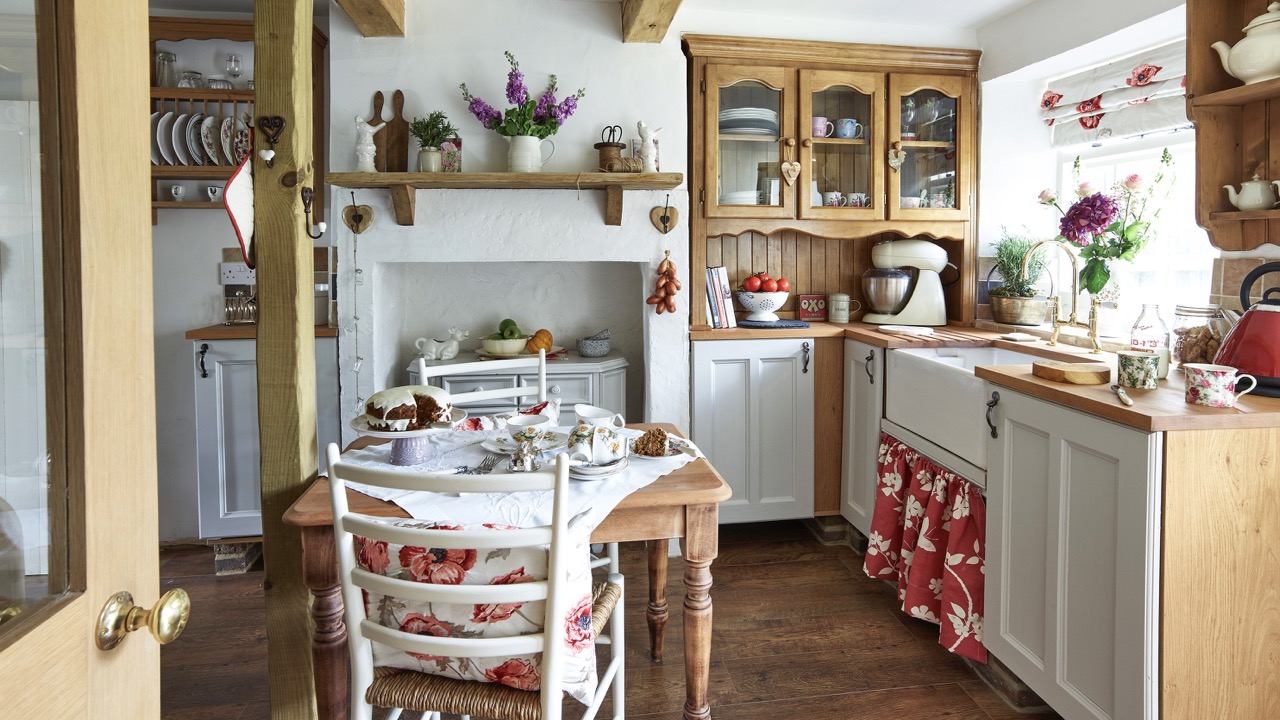

0 thoughts on “Cottage Garden Ideas: 32 Inspiring Spaces And Layouts”